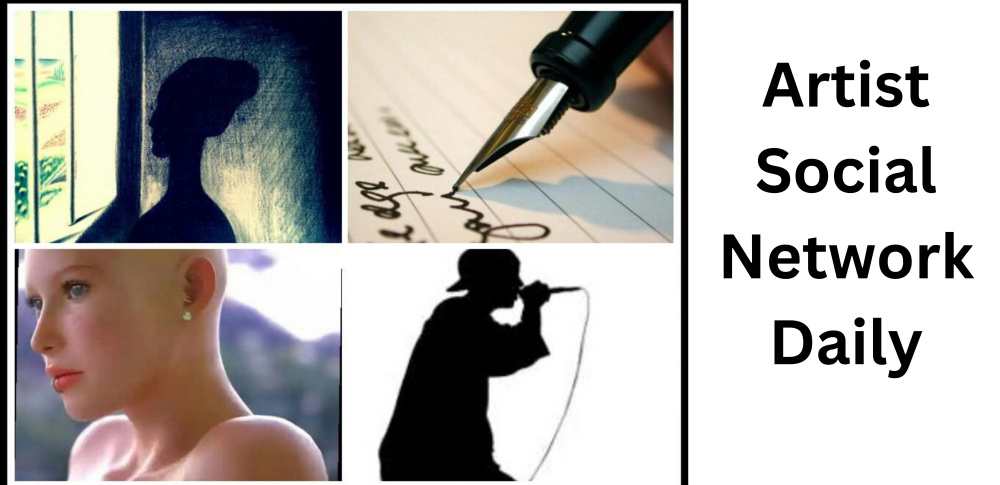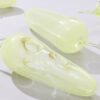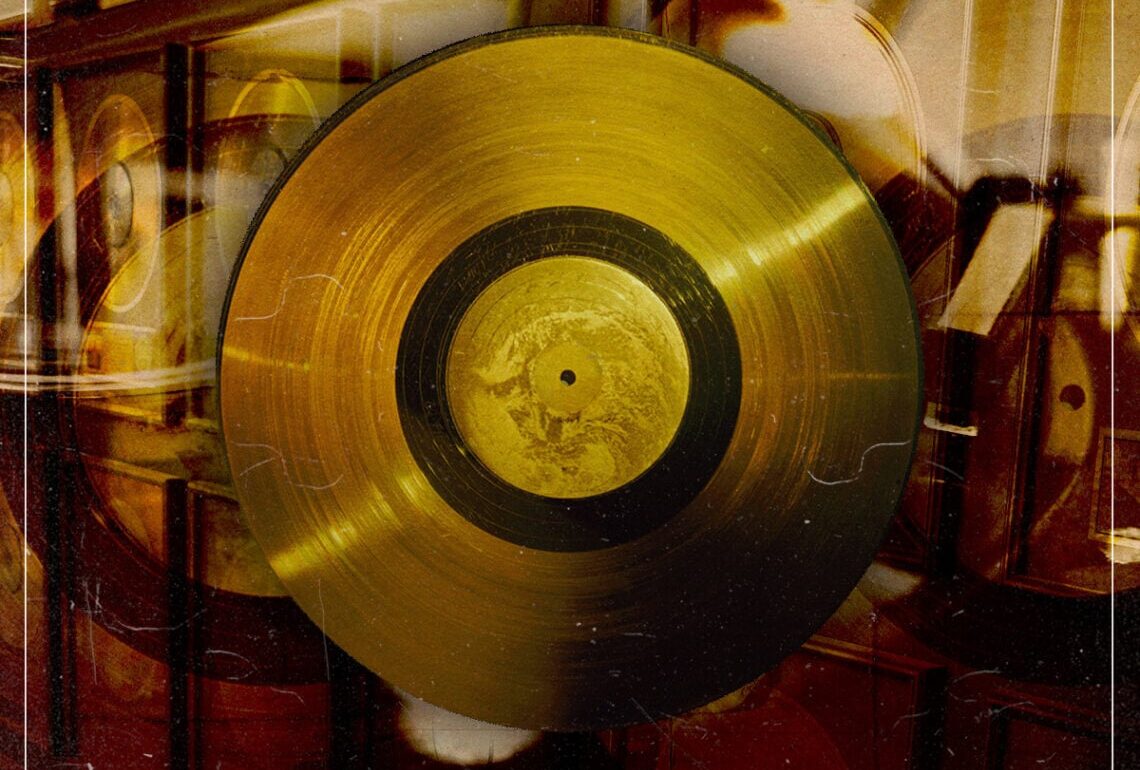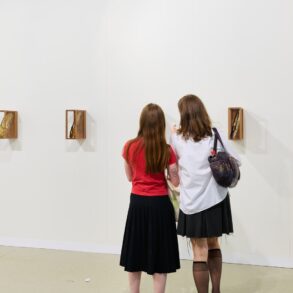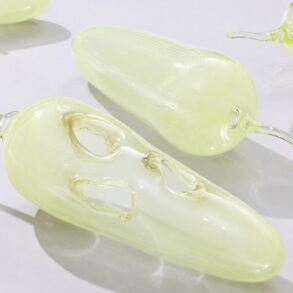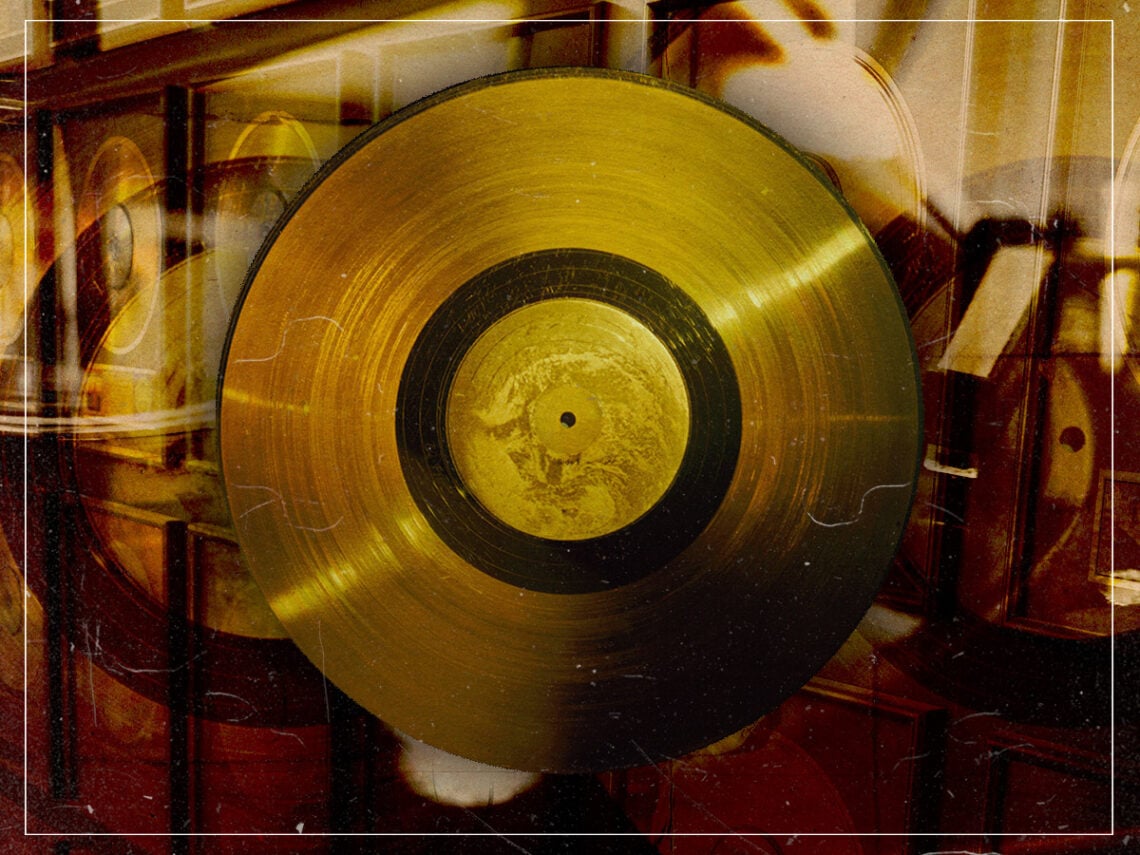
(Credits: Far Out / NASA / Uwe Conrad)
It would be fascinating to ask the men who formed the first UK album charts in 1956 how long they thought it would take for a woman to top the chart as a solo act. They’d likely assume it wouldn’t be long—after all, some of the biggest stars of the time were women. It was the era of Ella Fitzgerald and Billie Holiday, so surely it was just a matter of time? Well, in a sense, it was—21 years, to be exact. It’s true: the entire 1960s, a decade that saw the meteoric rise of pop music as more than just a teenage fad but an art form in its own right, passed without a single number one album by a female solo artist in the UK.
The US was a (slightly) different story. In an almost comically on-the-nose example of the effect The Beatles had on the pop charts, the week before Meet The Beatles! arrived at number one on the Billboard 200, Sister Smile, also known as The Singing Nun, had the top spot with her self-titled debut album. Albums by the likes of Diana Ross also topped the Billboard 200 in the 1960s, but the same just didn’t happen over here.
Perhaps we were just too enamoured with The Beatles. The Fab Four dominated the top of both the albums and singles charts in the green and pleasant land, leaving little room for anyone else. More likely, however, it was down to the men running record labels at the time, who couldn’t—or wouldn’t—see the commercial potential of albums by female artists and failed to promote them accordingly. After all, if Dusty in Memphis couldn’t even crack the top ten in its home country upon release, something was clearly amiss.
As is so often the case when powerful men refuse to acknowledge what’s right in front of them, it took a woman with sheer personality and popularity to force the issue. By 1977, Barbra Streisand had been one of the most famous people in the world for over a decade. The year prior, she starred in the biggest film of the year, A Star Is Born, alongside Kris Kristofferson. The soundtrack, propelled by the enduring success of the timeless ‘Evergreen’, spent 13 weeks on the UK charts before finally climbing to number one—the same year punk broke.
Of course, there’s something of an asterisk here. Technically, it’s a soundtrack album—one that, on the original cover, credits Kristofferson alongside Streisand. However, subsequent releases of the album have credited it solely to Streisand. In the annals of history, it stands as the first album by a female solo artist to top the charts. And rightly so—Barbra’s legacy as a genuine triple threat more than qualifies her for the honour.
If that’s a few too many caveats for your liking—and if greatest hits compilations don’t count—then the honour falls to the first woman to top the album charts with a regular studio album. A few years later (and after another Streisand greatest hits release), Kate Bush claimed the top spot with her third album, 1980’s Never For Ever. Between the two options, there’s something to satisfy everyone.
Related Topics
Subscribe To The Far Out Newsletter
This post was originally published on this site be sure to check out more of their content
